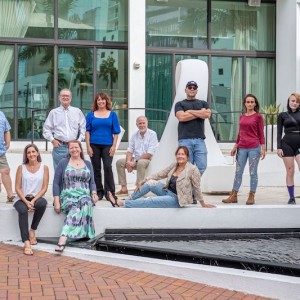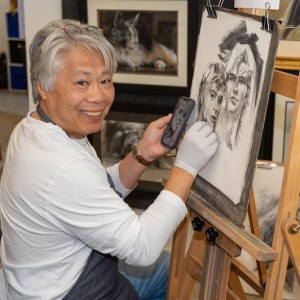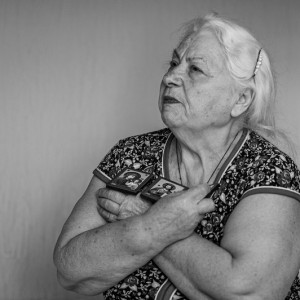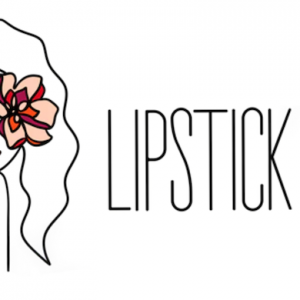From the Celery Farm in New Jersey to the Celery Fields of Sarasota, Dr. Gerald Barrack often sees the world through the lens of his Canon. A nature photographer with an emphasis on birds, Barrack’s talent and travels have taken him across the country, and even the world. But whether photographing leopards and hyenas in South Africa at Kruger National Park (“A dream for any nature photographer.”) or baby ducklings for the next book stateside, digital or film, it all comes down to the eye behind the camera.
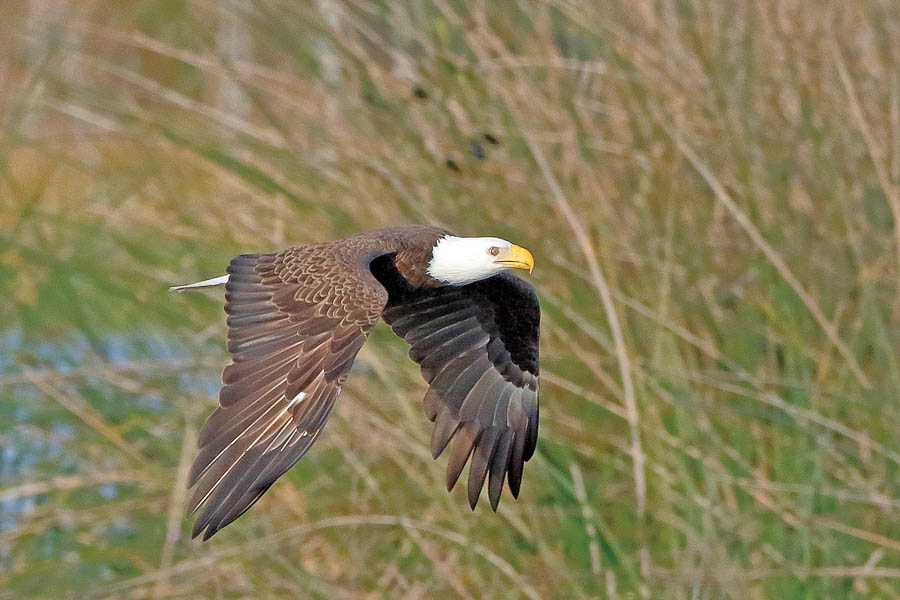
Has photography always been a part of your life? When I first started, I was more into capturing the moment. Photography is really the only medium that can do that. I drifted into bird photography later on and I’ve been doing that for the majority of my time for the last 25 years. The more I worked at it, the more pleasure I got out of creating these images that I had in my mind.
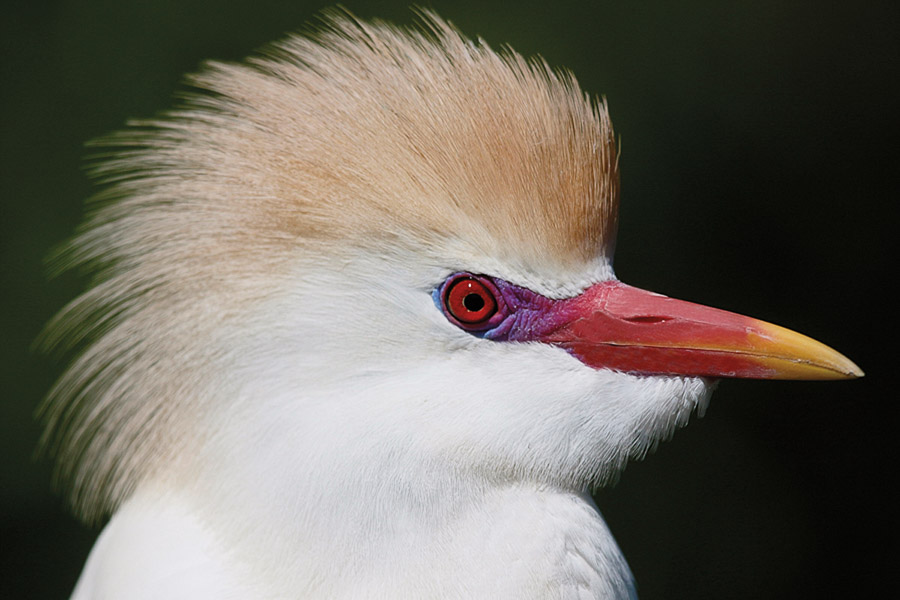
The image begins in your head? You have to picture it in your mind first or it just doesn’t happen. You need to know what you want beforehand. And you need the great light. That’s what photography is, really, capturing light. Of course, it’s become easier with digital, but you still need the images in your head and the vision to see what you want. I’ll spend 2-3 hours just waiting for the right position, the right background, the right bird, the right light.
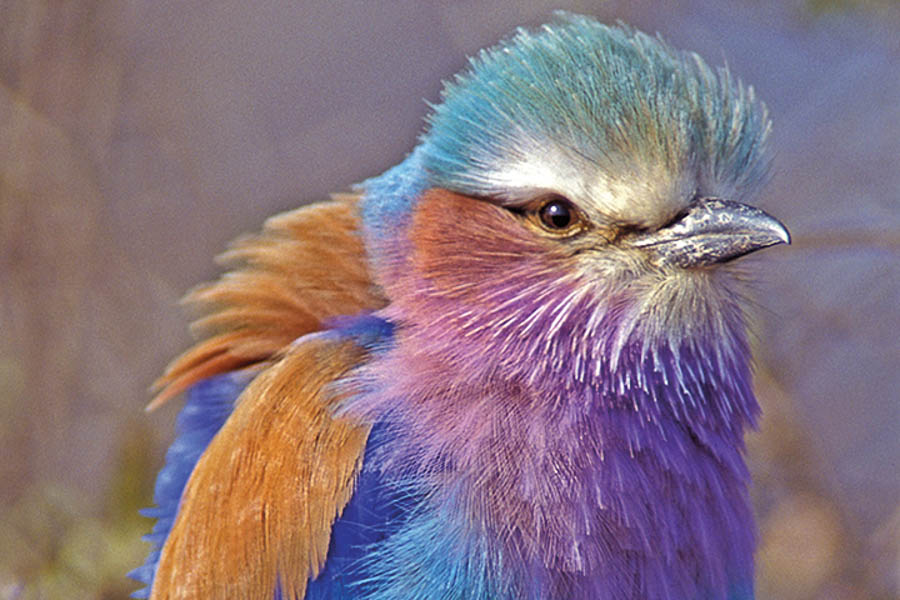
What made you get into bird photography? It was the challenge—they move quickly and don’t stay in one spot for long. And they’re just beautiful to look at. The Roseate spoonbill is one of the more beautiful ones. The painted bunting is a particularly beautiful little bird. There are so many, that even a common bird like a blue heron in really good light can give you a great photograph. Great egrets, they’re very common but I still shoot them because you can still get that great pose, backlit through the wings.
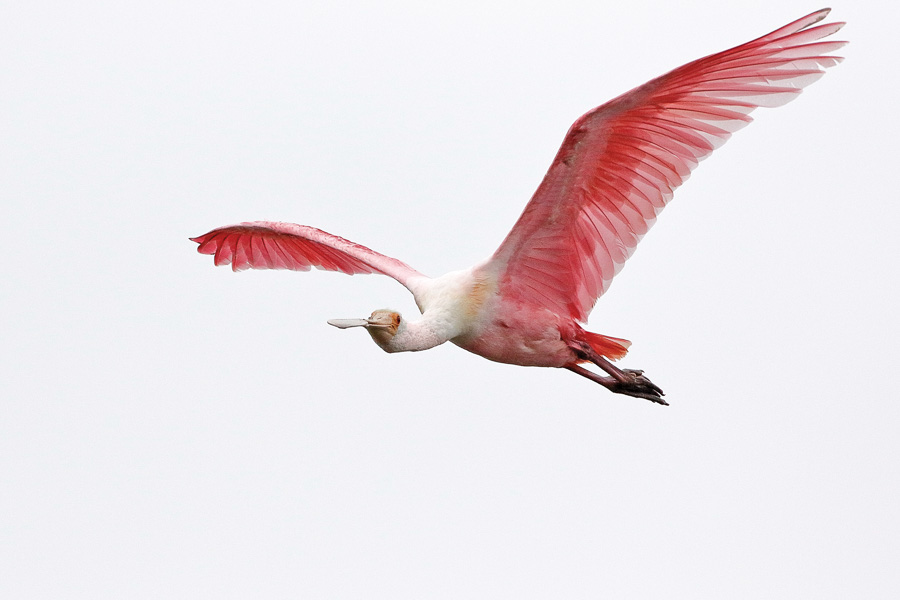
What are your favorite spots here in Florida and what birds are you looking for? The Celery fields in Sarasota, the Venice Rookery and Fort Desoto Park. The Venice Rookery is very predictable from January through March. Great blue herons, cormorants, great egrets, cattle egrets, anhingas, green heron, black ground night heron—they all nest there.
What equipment do you use? My main lens for bird and animal photography is the Canon 500mm F4 telephoto lens. My other lens for birds in flight and wider-angle shots is the Canon 70mm to 300mm zoom lens. My main lens for scenics is a Sigma 15mm to 30mm lens. Many times, I use a 1.4X or a 2X extender for greater magnification. My main camera body for the last 3 years is the EOS 7D Mark 2. For scenics and close-ups I use the 5D Mark 3 body. I have used a heavy duty Gitzo tripod for over twenty years. There’s a joke among photographers, when people see a great picture, they say “What equipment did you use?” and it has very little to do with the equipment.
Digital or film? I believe now that digital has so many advantages over film. And there are software programs that can make a digital image similar to film. There are still some purists. I don’t disagree with their feelings, I just know I can do a lot more with digital. The problem is, of course, you have a lot more work when you get home. Post-production wise, if I shoot for three hours it might take five days to work those pictures out.
Where would you like to take this in the future? I actually have a bucket list: the Galapagos, the Arctic, Antarctica. I’d love to go back to Africa one more time too.





